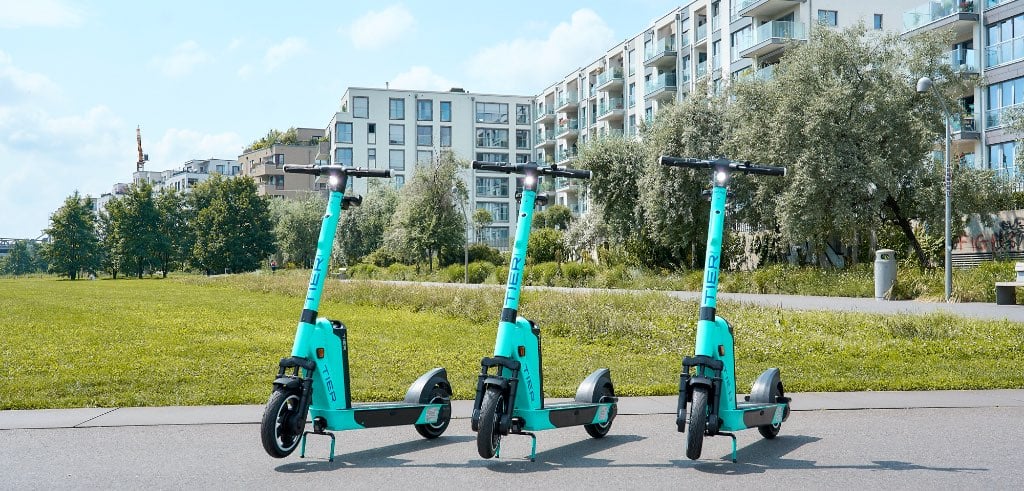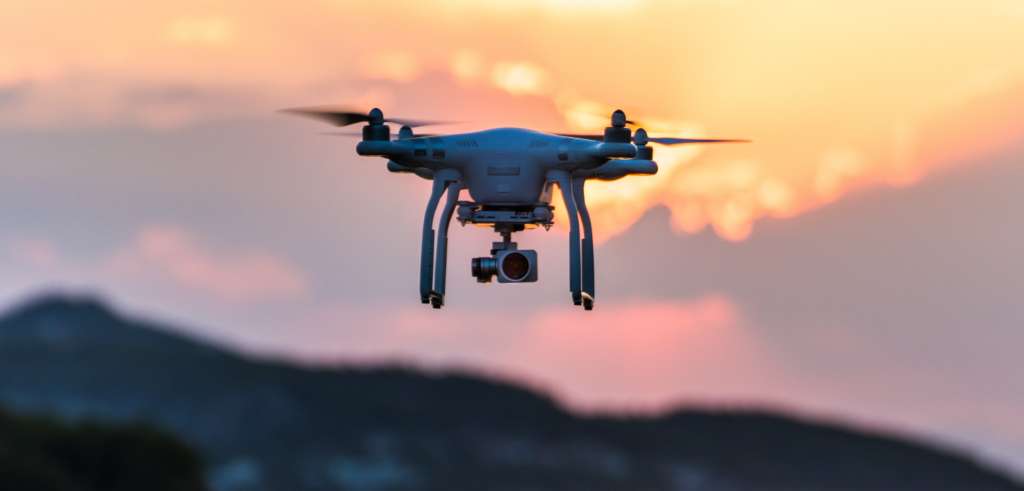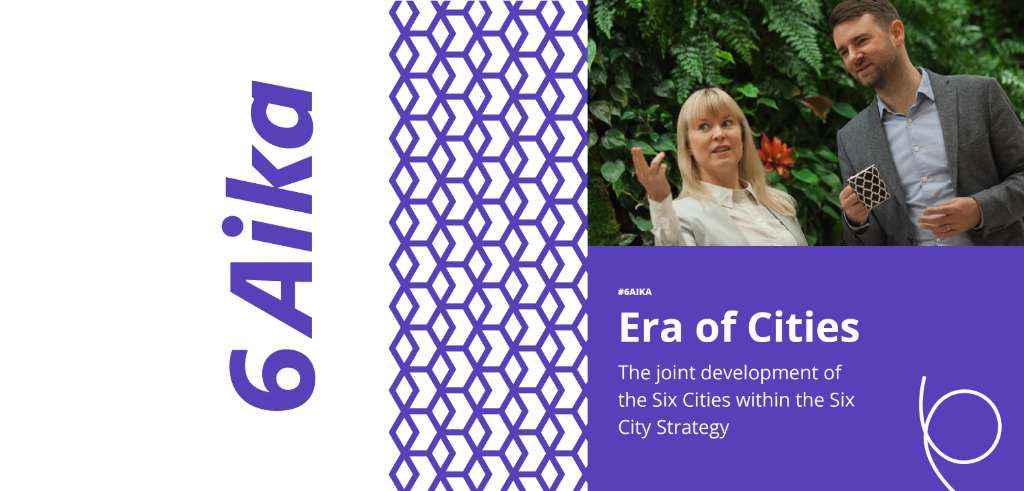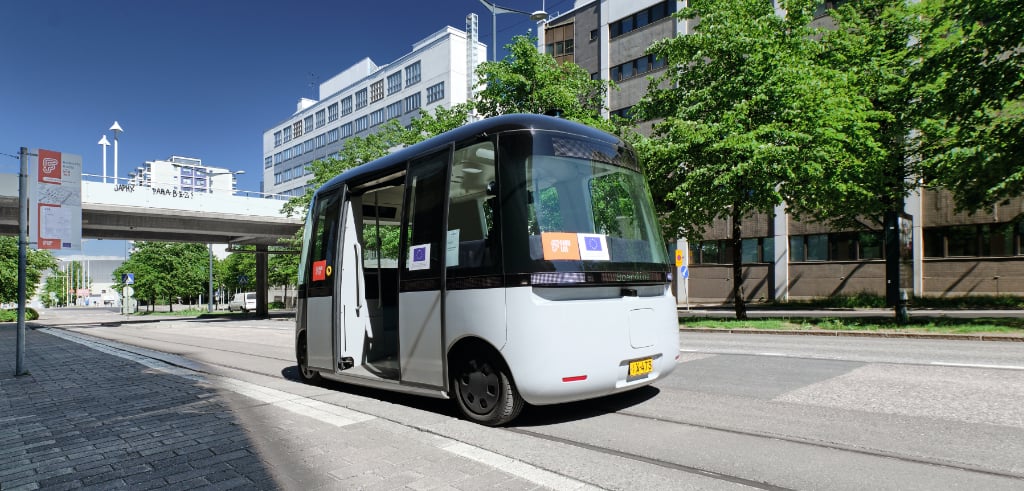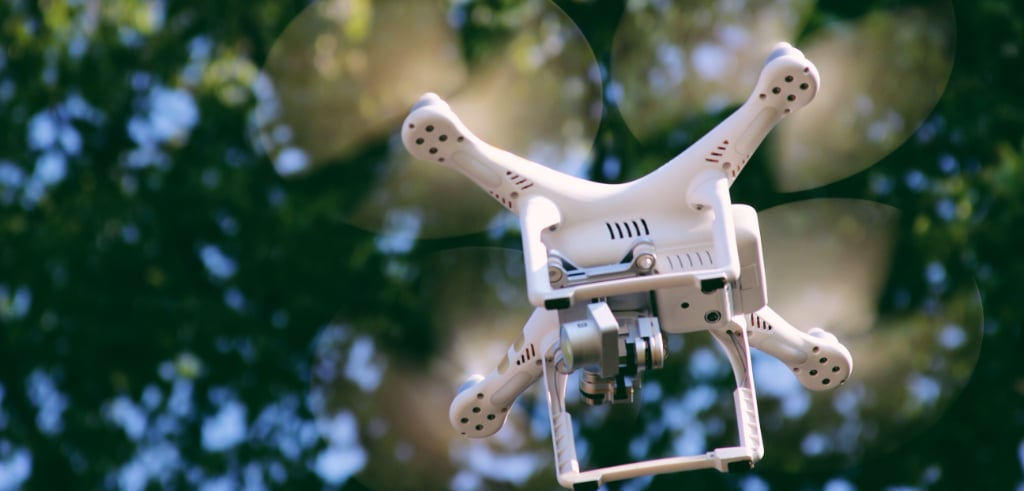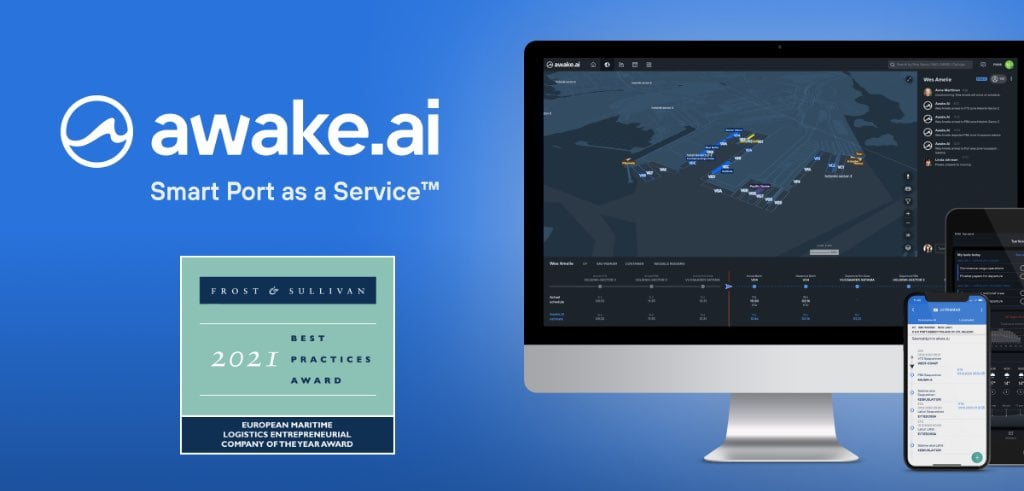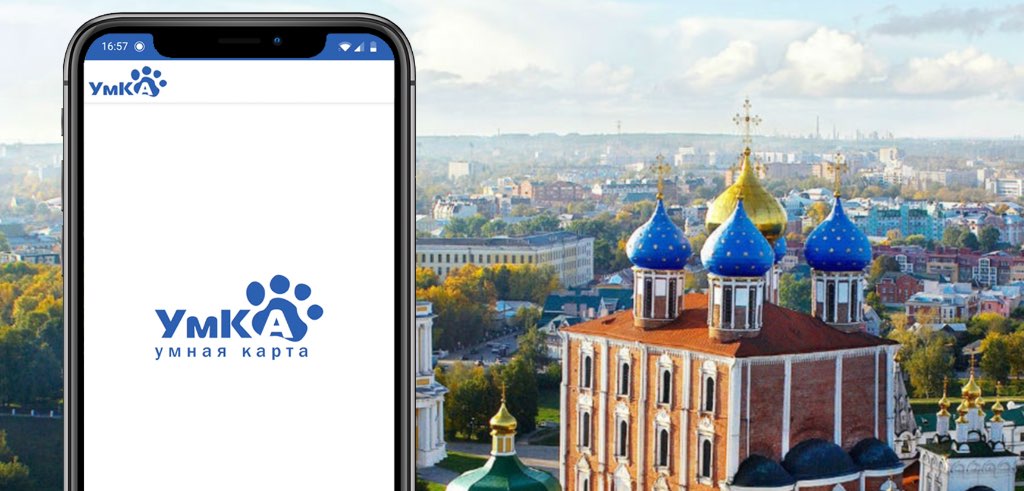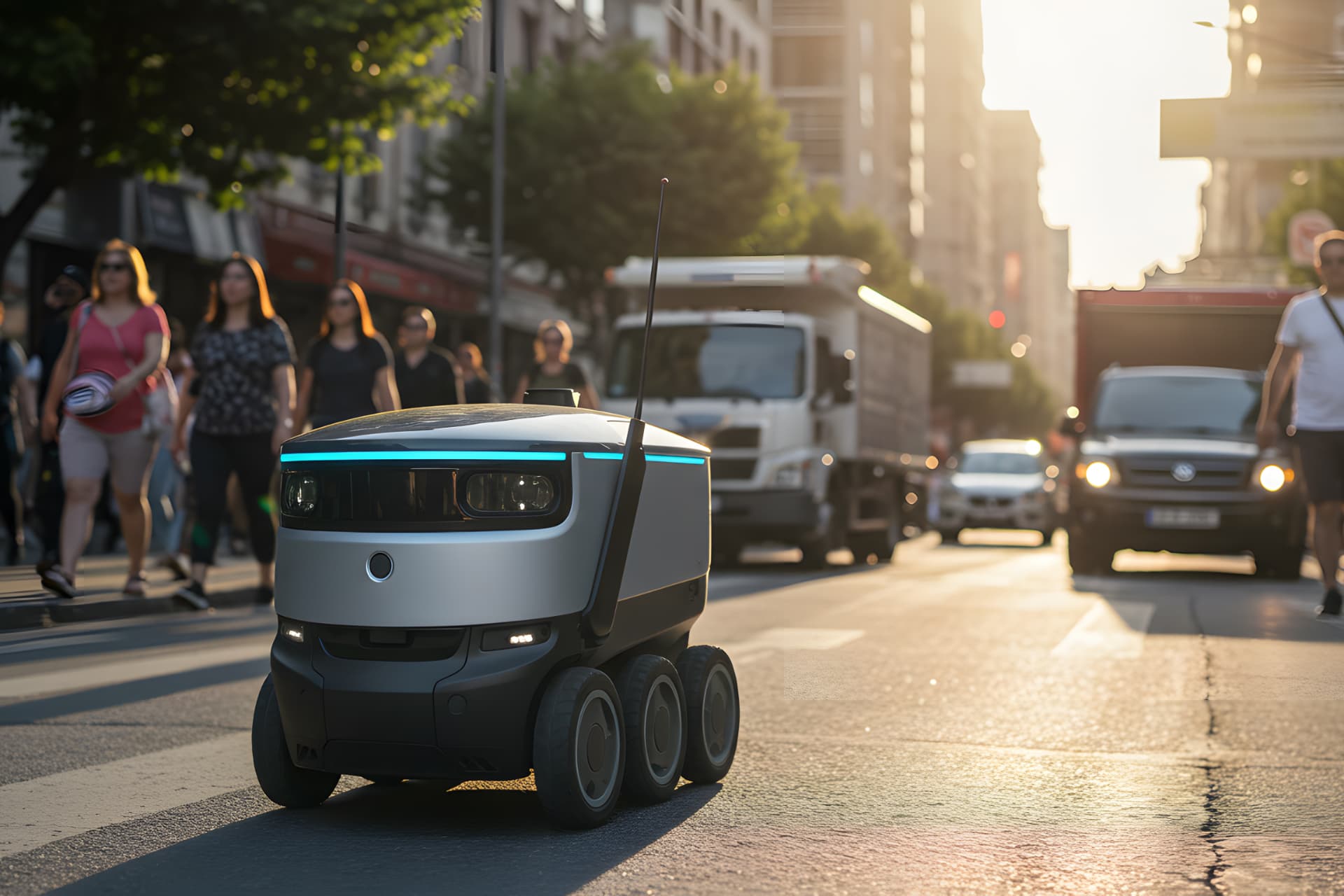
Optimizing Rush Hour Management in Stations with Digital Twin Technology
KONE has developed a groundbreaking digital twin innovation in collaboration with Amazon Web Services (AWS) to enhance people flow in crowded city hubs. This pioneering solution leverages data to improve urban mobility, enabling smoother and more efficient commuter experiences.
Navigating crowded metro stations during rush hour can be stressful, as congested pathways challenge both patience and schedules. To address this, KONE, in collaboration with AWS, developed a digital twin concept that uses real-time data to simulate and optimize people flow in urban hubs, with a successful pilot at Helsinki’s main railway station.
As cities continue to grow, the demand for sustainable mobility increases, requiring stations to adapt and better serve diverse groups of people. This innovative approach by KONE aims to make commuting smoother, less crowded, and more comfortable, ultimately supporting the backbone of sustainable urban mobility.
A real-life 3D model of people flow
The digital twin proof-of-concept (PoC) combines real-time and historical data from people flow sensors with elevator, escalator, and train status information. The model provides valuable insights into location-specific people flow dynamics, helping improve user experience and plan for future capacity needs.
The smooth and eye-catching user interface (UI) is backed up with AWS cloud technology and platform. The result is a whole package that enables customers to test different people flow scenarios. The goal is for every aspect of people flow to be optimized to improve both user experience and overall transport capacity.
Read the whole story on KONE website
Photo is from the same article



